Why Lettuce Bolts (And What It Means)
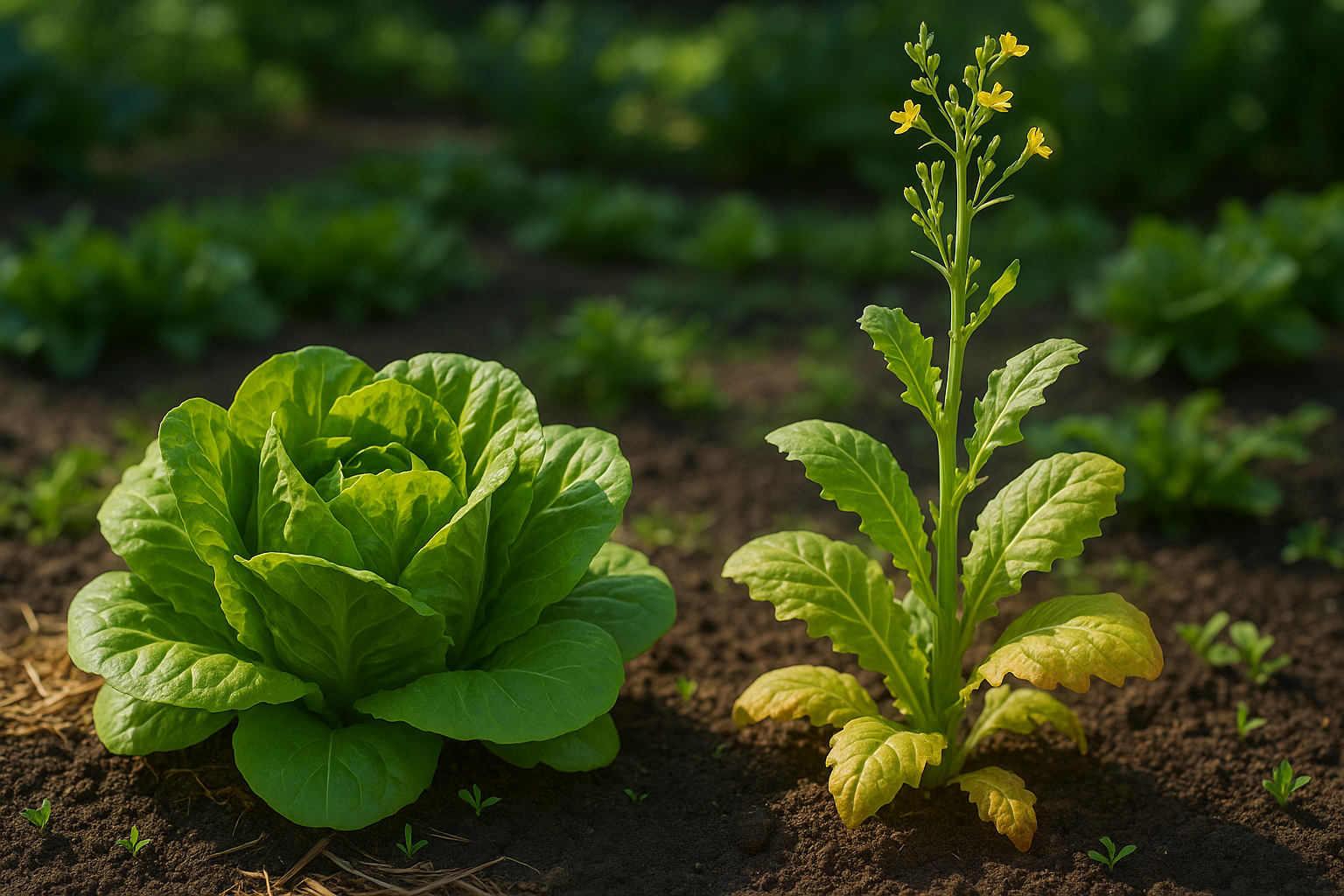
Bolting in lettuce happens when the plant suddenly shifts from leafy growth to producing a tall flower stalk, often topped with small buds or blooms. If you notice your once compact lettuce stretching upward quickly, with leaves becoming tougher and tasting bitter, it’s likely bolting. This is the plant’s way of transitioning into its reproductive phase, putting all its energy into making seeds instead of tender, tasty leaves.
The main triggers for bolting are warm temperatures, longer daylight hours, and stressful conditions like inconsistent watering—factors that signal to the lettuce that it’s time to hurry up and reproduce before the season ends.
While bolting is a perfectly natural part of lettuce’s life cycle, it’s not ideal for gardeners who want fresh, sweet greens. Once bolting starts, the leaves quickly become unpalatable.
To delay this process, gardeners often:
- Grow lettuce during cooler months
- Provide partial shade
- Keep soil evenly moist
Choosing bolt-resistant varieties and harvesting leaves regularly can also help extend your lettuce season a bit longer.
What Causes Lettuce to Bolt Early
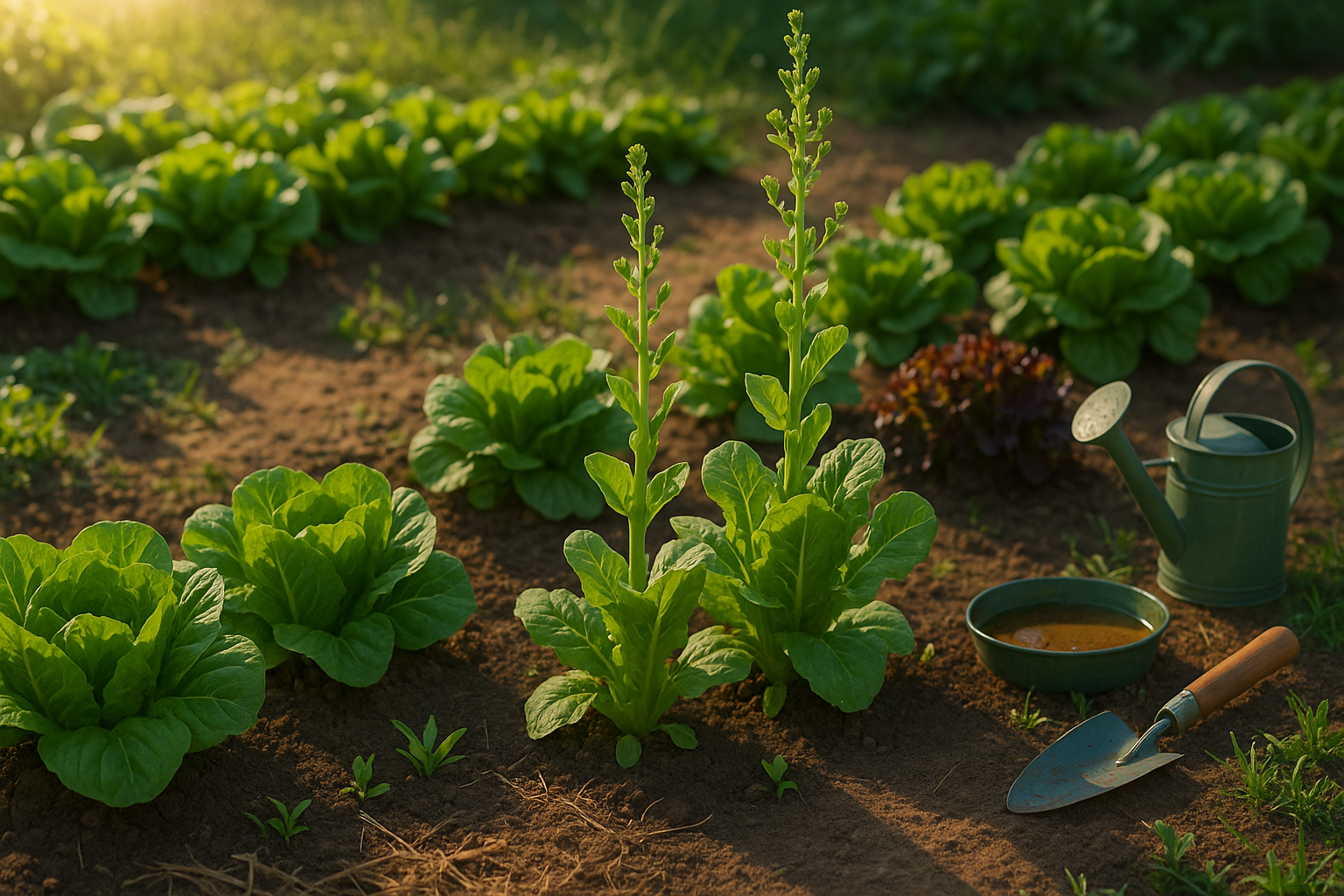
Lettuce is a cool-weather crop, and several factors can cause it to bolt—that is, to prematurely flower and go to seed—much earlier than expected. The most common trigger is exposure to high temperatures. Once daytime highs rise above 75°F (24°C), most lettuce varieties quickly switch from leaf production to flowering, resulting in bitter-tasting leaves.
Long daylight hours in late spring and early summer also signal the plant that it’s time to reproduce. Water stress, such as inconsistent watering or even a short dry spell, puts plants under pressure and speeds up bolting as a survival response.
Not all lettuces behave the same—some varieties bolt much faster than others. Choosing heat-tolerant or slow-bolting cultivars can make a big difference, especially for home gardeners dealing with unpredictable weather patterns. Weather fluctuations, like sudden heatwaves or rapid temperature changes, can catch even experienced gardeners off guard and trigger early bolting.
Planting lettuce late in the growing season, when days are already long and temperatures are rising, almost guarantees rapid bolting. For small-scale or backyard growers, paying close attention to sowing dates and maintaining stress-free growing conditions—such as regular watering, mulching, and providing partial shade during hot spells—will help prolong harvests and ensure sweet, tender leaves.
How to Prevent Lettuce from Bolting
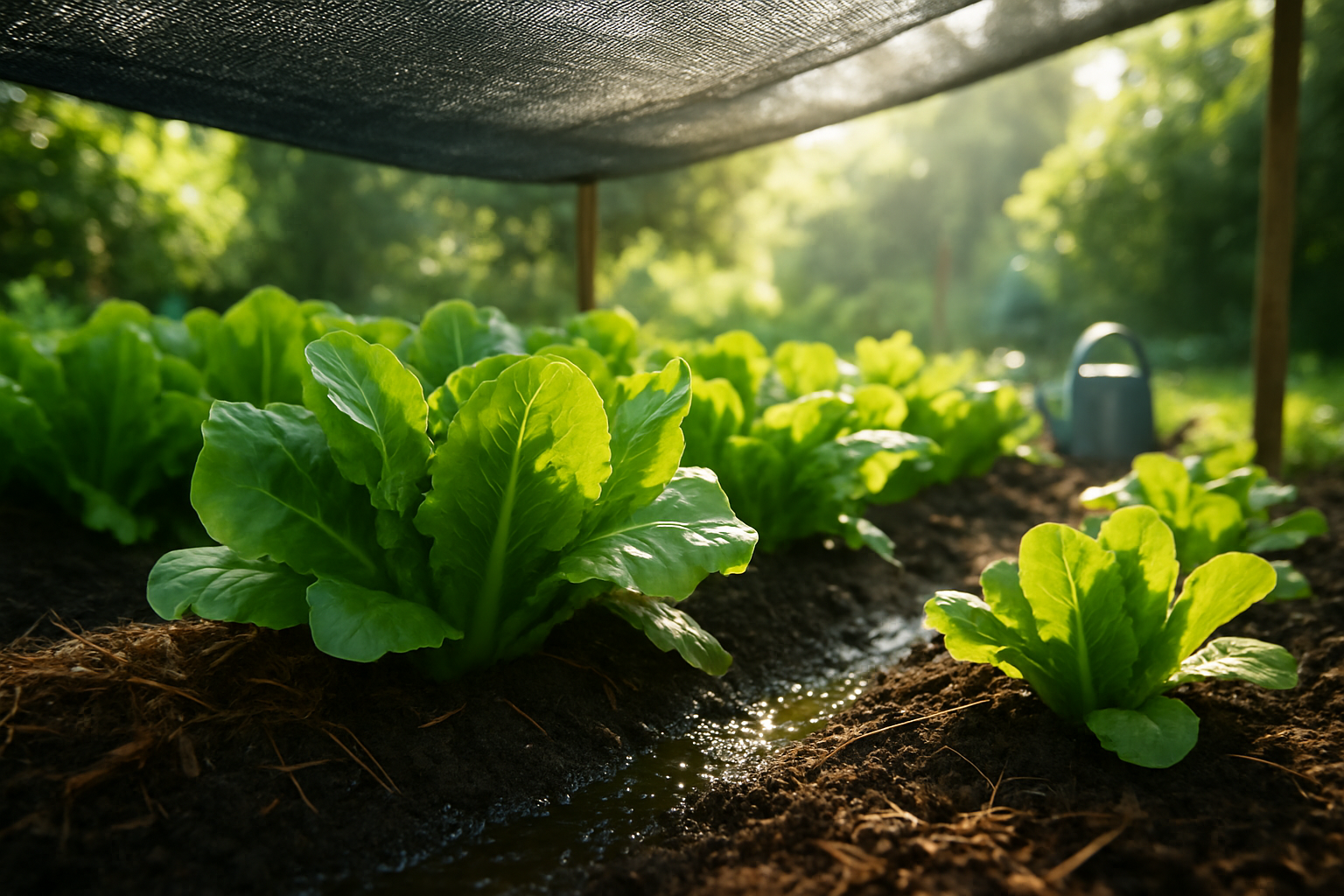
Preventing lettuce from bolting—a process where plants suddenly send up a flower stalk and turn bitter—is all about managing heat and stress. First, choose bolt-resistant lettuce varieties, like Romaine or Buttercrunch, which naturally delay flowering.
Time your plantings carefully by sowing seeds in spring and again in late summer for a fall harvest, so your lettuce avoids the hottest months. To keep your soil cool, use mulch around the plants, which acts as a buffer against temperature swings.
Position your lettuce in a spot that gets morning sun and afternoon shade, or use shade cloth to provide relief from intense midday heat. Maintaining even soil moisture is crucial, so water consistently—dry soil can stress lettuce and encourage bolting.
Try succession planting by sowing a small batch of seeds every few weeks; this spreads out your harvest window and lowers the risk of losing your entire crop to a sudden heatwave. Harvest leaves young and early, before any sign of a flower stalk—baby lettuce is tender and tasty.
If you garden in a region with persistent summer heat, experiment with growing lettuce indoors under grow lights or in cooler microclimates, like the north side of buildings or under taller vegetable crops. With these simple strategies, you’ll enjoy crisp, sweet lettuce much longer into the season.
What To Do If Your Lettuce Has Bolted
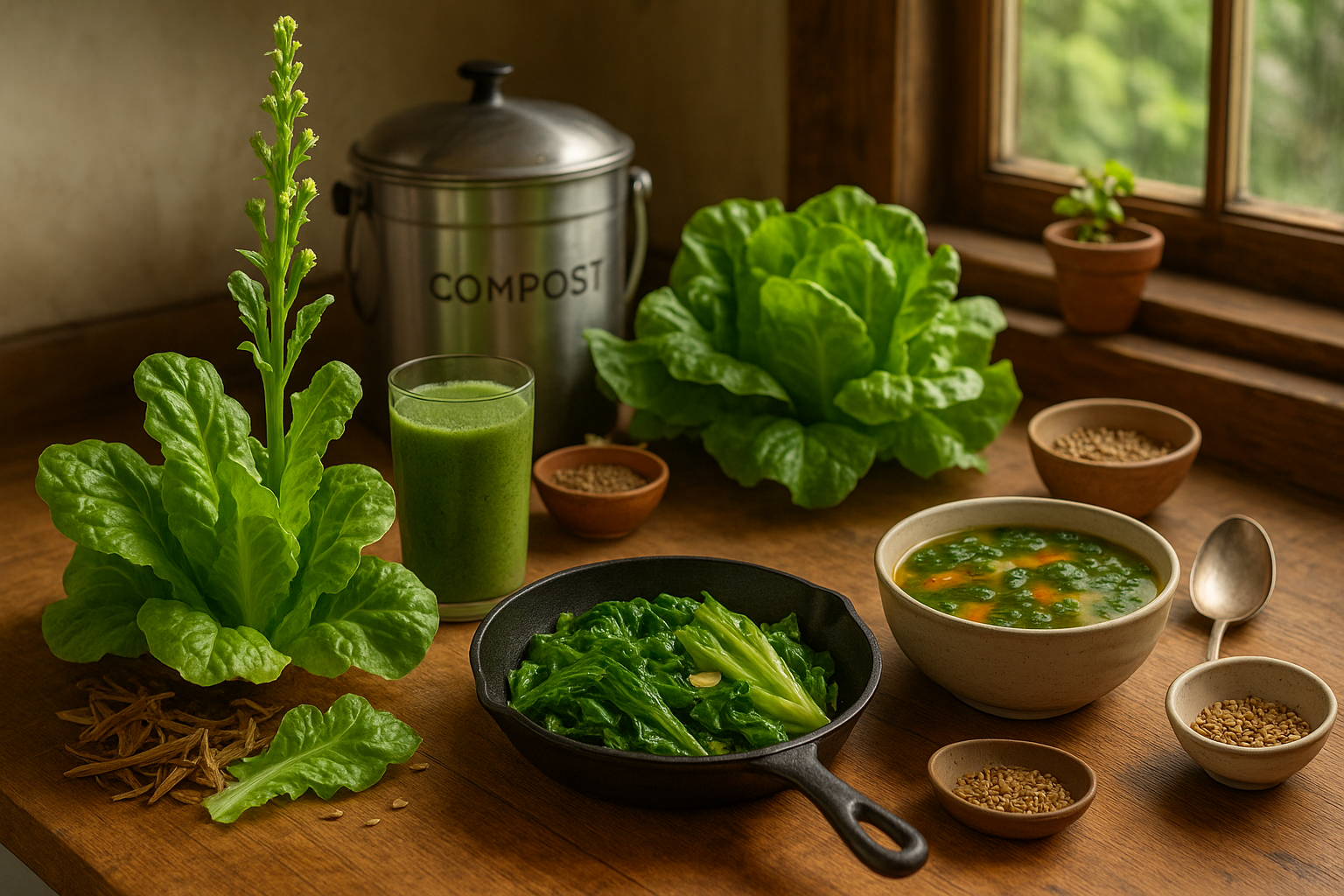
If you notice your lettuce sending up a flowering stalk, it has started bolting—meaning the leaves usually turn bitter and tough. But don’t rush to toss the whole plant just yet. Check the leaves: if they’re only mildly bitter and still green and crisp, harvest them right away.
Try chopping these leaves into smaller pieces and tossing them into green smoothies; the other sweet flavors will help mellow out the bitterness. You can also sauté them with garlic and olive oil for a quick side dish or fold them into soups and stews where high heat and strong seasonings can mask the taste.
If your lettuce is too tough or bitter to eat, consider adding it to your compost pile, or offer it to backyard chickens or rabbits, who often enjoy bolted greens.
For gardeners looking to save seeds for next year, allow a few of the healthiest bolted lettuces to fully flower and dry on the stem. Once the flowers turn fluffy and brown, carefully collect the seeds and store them in a cool, dry place—they’ll be ready for the next planting season.
By using bolted lettuce creatively, you can reduce waste and even set yourself up for a more productive garden in the future.
Frequently Asked Questions About Lettuce Bolting
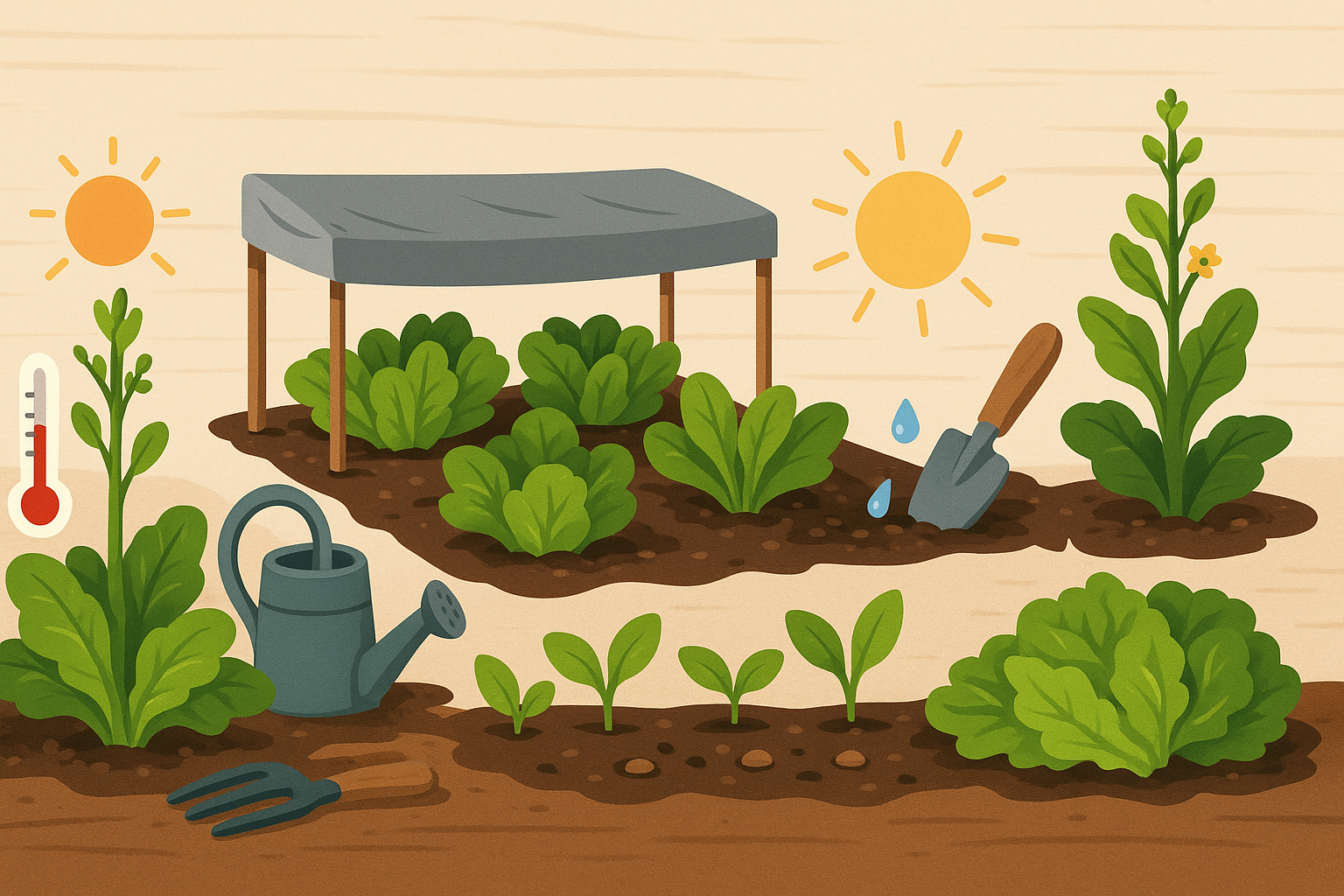
Many gardeners worry when they see their lettuce suddenly shoot up tall stalks and blossom, a process called bolting. Is bolted lettuce still edible? Yes, but the leaves often turn bitter and tough, making them less pleasant to eat. Consider using bolted greens in cooked dishes where the flavor is less pronounced.
Can lettuce regrow after bolting? Unfortunately, once lettuce begins to bolt, it shifts its energy to seed production, so sweet, tender regrowth is unlikely.
To predict or prevent bolting, keep an eye on rising temperatures—lettuce bolts quickly in hot weather, especially above 75°F (24°C), or if days become drastically longer. Shady afternoon spots, consistent watering, and choosing bolt-resistant varieties can help delay the process.
Here are some helpful tips:
- Succession planting: sow small batches every couple of weeks for a continuous harvest even if some plants bolt early.
- Harvest immediately at the first sign of bolting, like elongating stems or tight, central flower buds, for the most palatable leaves.
Don’t be fooled by the misconception that bolting means you’ve failed; it’s simply a natural part of the plant’s life cycle. Additionally, letting a few plants flower attracts pollinators and allows you to save seeds for next season—a smart use of the bolting process!